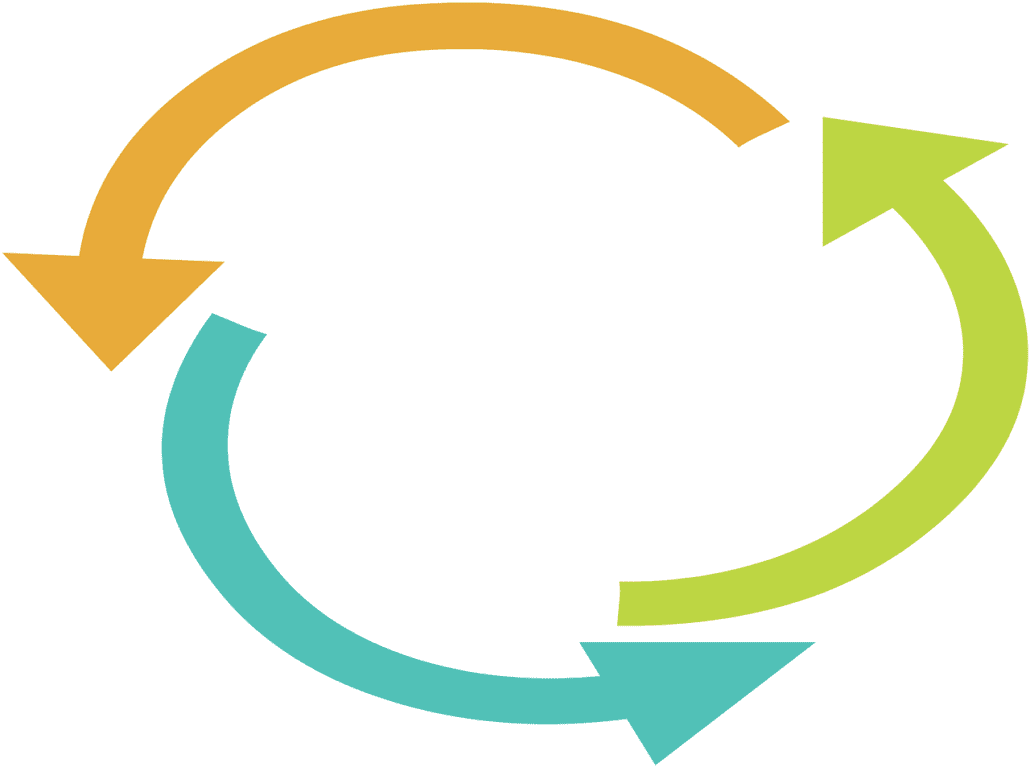Should Your Business Be Thinking About Making Sustainable Choices?

With that in mind the question is should your business be embracing the idea of making sustainable choices and what strategies should you be considering to make a difference?
There are so many options when it comes to the subject of sustainability and that extends to finance too, so when you contact Commerce Trust, for instance, they can tell you all about sustainable investments.
It is hard to argue against the view that sustainable initiatives are not just good for the planet but they are good for business as well. Here are some pointers on how to make sustainability an integral part of your business.
Making sustainability the new normal
A good starting point would be to work on ways of incorporating sustainability into your company culture and making it something that everyone in the business is greatly aware of and committed to.
Some of the major corporations around the world are already investing in environmental stewardship initiatives and many of these organizations have subsequently managed to take actions that go above and beyond the basic requirements laid out by governments.
Whether it is sourcing a reliable form of green energy to power your production line or seeking out suppliers with similar green credentials, it is clear that embracing a culture of sustainability within your business is going to be good for the planet and promotes your company as one that cares about what their customers and suppliers think about them.
Start with some easy changes
When you start to embrace sustainability it can soon become obvious that there are so many practices that you can adopt, some that you can implement immediately and others that might take a little longer before you feel the benefit.
One of your first tasks could be to make some basic changes to the way you do things in your office and figure out some initiatives that help you achieve the goal of achieving a good level of sustainability.
A simple but effective action would be to change your old light bulbs in your building and replace them with some LED alternatives.
This move is a real no-brainer as LED’s use less energy than a halogen or incandescent bulb and their lifespan is expected to be in the region of 25% longer than halogen or incandescent options.
You will pay more for a LED bulb but it lasts a lot longer than its counterparts and the amount of energy they use is substantially less than an old-fashioned bulb, meaning some noticeable cost savings are eminently deliverable.
Ditch the plastic bottles
Thankfully, there is greater awareness than ever before about the damage that plastic is doing to our planet and millions of tons of plastic waste are generated each and every year around the globe.
A simple solution that will boost your business’s green credentials would be to encourage a ban on plastic water bottles in your office and install a water filtration system that will help keep everyone hydrated without the waste associated with discarded plastic bottles.
Your supply partners should be a reflection of your own sustainability credentials
If you choose your supply partners with care and ask lots of searching sustainability questions when appointing a new supplier this should ensure that you develop a relationship with like-minded organizations.
Some major companies won’t even use certain suppliers if their green credentials are not up to standard and you can follow suit by using companies who use energy efficient vehicles and seem to be constantly working hard to find ways to reduce their carbon footprint.
Become a recycle champion
There are already tons of waste being sent to landfill sites every week and there is bound to be a percentage of that waste that could be recycled and reused rather than being buried under the surface.
Encourage everyone in your business to adopt a culture of recycle and reuse, which means thinking carefully about what is being put into the trash bin.
As well as recycling what you can of your own waste you can also do your bit for the planet by committing to using recycled paper products and buying recycled ink that has already been around the block rather than end up in a landfill.
Keeping it clean
You will quickly discover that turning green often involves making a number of small incremental changes to the way you do things that all add up over time to make a big difference.
With that in mind, simple suggestions such as switching to some green cleaning products that tick all the right environmental boxes will create a more eco-friendly culture. Using these items will keep your work environment sparkling and clean without harming the planet and is just one example of a sustainable choice.
Sustainable development simply cannot be achieved alone by an individual or some smaller businesses. It is a matter of collective responsibility, but that is not to say that you can’t lead the way in encouraging others to come around to your way of thinking.
Gain a competitive edge
There is nothing wrong with wanting something to show for your efforts of keeping everything in your business as green as possible and when you boost your green credentials it can give your company a competitive edge.
If customers and suppliers know you are championing the the cause for making sustainable choices you could find that customers with similar ideals are more likely to give their business to you rather than to a rival who doesn’t seem to have the same set of impressive green credentials.
The argument seems clear. If you develop a company culture which is centered around making sustainable choices there is a fair chance that you will be rewarded with a better bottom line performance as well as enjoying a clearer conscience that you are doing your bit for the planet.

 The climate crisis has been going on for decades, but the issue has only become a contentious one in the last few years due to huge public backlash against companies and governments alike. There is no room for debate on the issue, either. A contentious study has estimated that we have wiped out
The climate crisis has been going on for decades, but the issue has only become a contentious one in the last few years due to huge public backlash against companies and governments alike. There is no room for debate on the issue, either. A contentious study has estimated that we have wiped out 



